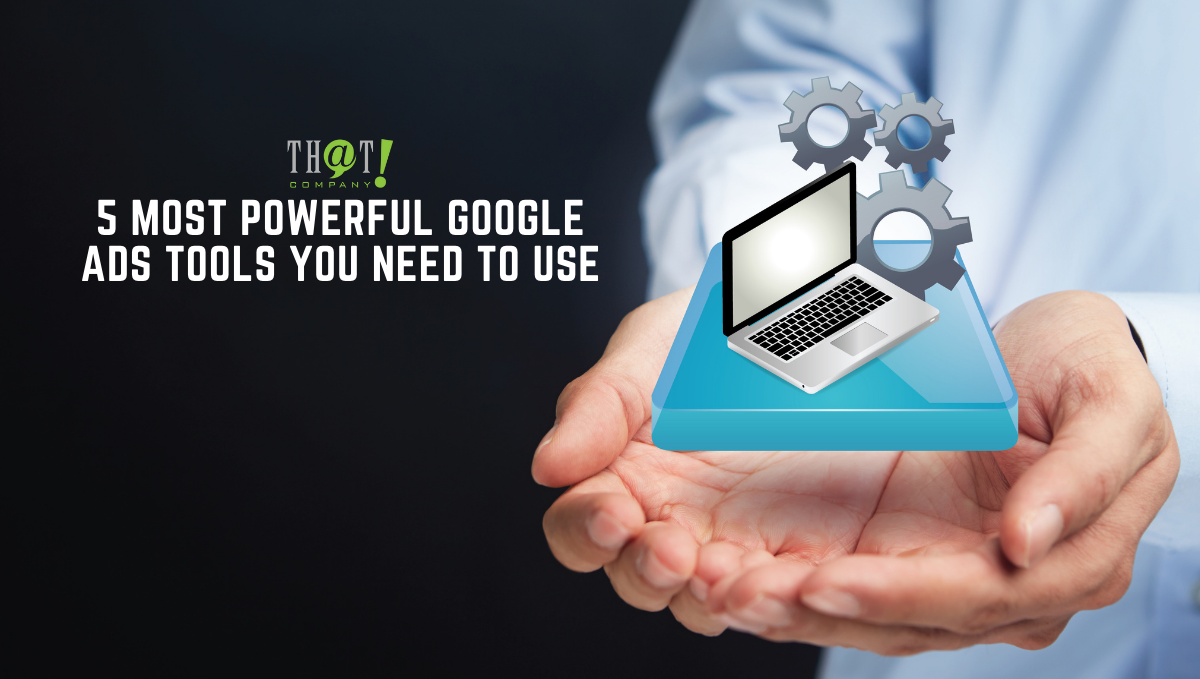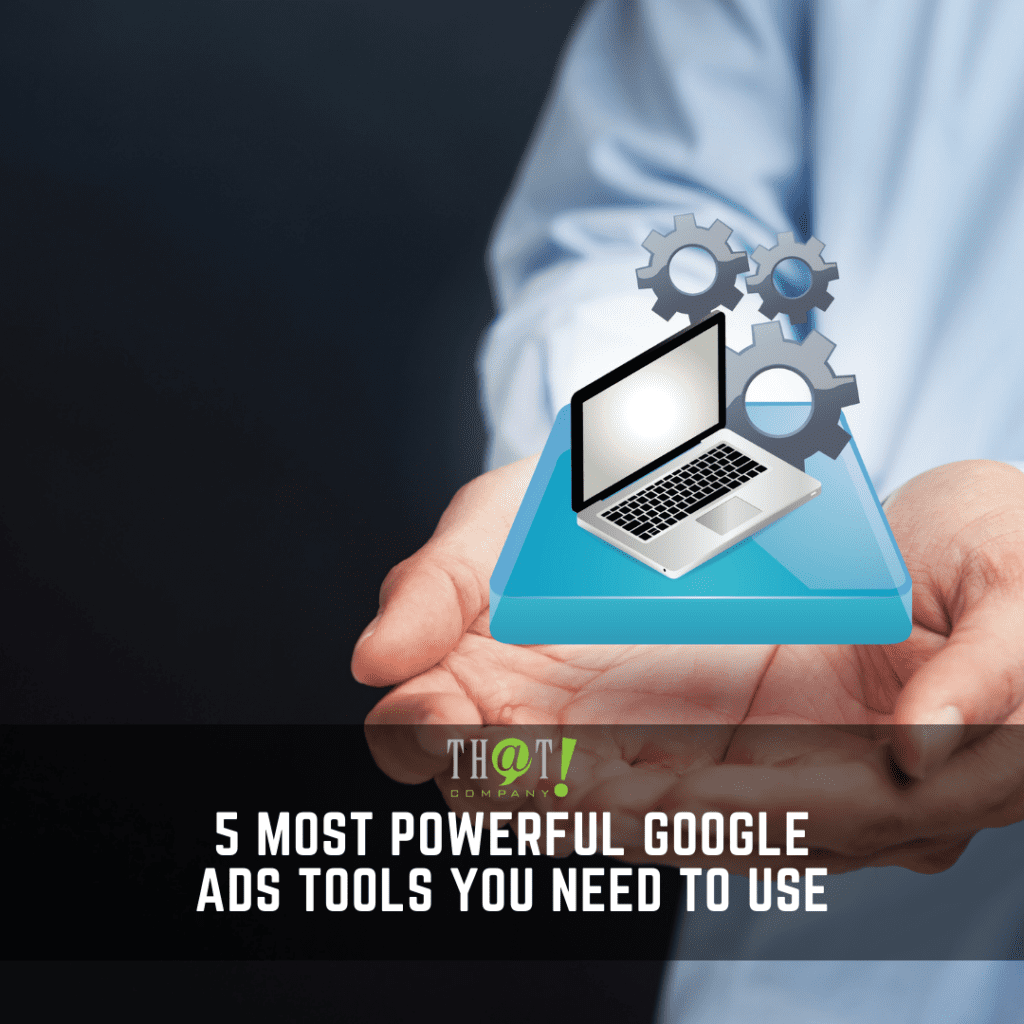
Everyone knows that Google has plenty of tools that anyone can use to see the information. If you are going to use Google Ads for your website, you will need to figure out what specific Google Ads tools you will need to make the most of them.
A White label PPC management company will give you access to all the best Google Ads tools that you need to be able to use your time more efficiently and save you time in the process. They will also help you with white label branding services to give you the opportunity to promote your business using Google Ads.
Here are the 5 Most Powerful Google Ads Tools You Should Use
Let’s get started.
1. Ad Variations
 In both life and advertising, one simple modification can make a significant effect.
In both life and advertising, one simple modification can make a significant effect.
Google revealed the “ad variations” feature which was warmly received by individuals in charge of large-scale performance advertising campaigns via AdWords.
The purpose of Ad variation in Google is basically for testing your ads. If you have multiple campaigns, then you can test your different types of ads. You can test your ad by changing the headline of an ad or by using different keywords you can use the different headlines.
Many experts who work in PPC will tell you that you know that this Google Ads tool of testing your ad is one of the important things you can do to get the best results. The winner will be the one that works best, and you will save money, effort, and gain insights to optimize into how to improve your Google Ads campaign and, in some cases, your campaign landing pages.
For example, you can test how well your ads perform if you were to change your call to action from “Buy now” to “Buy today”, you can see how well your ads perform. Alternatively, across multiple campaigns, try changing your headline to “Call Now for a Free Quote.
As recommended, you should have at least two ad variations per ad group, as advised, in order to test which ad works best for your campaign goals (CPC, CTR, Conversion Rate, Conversions, etc.).
Brands can choose to run ad variations for the whole account, specific campaigns, or even a custom scope. Then they specify the part of the ad they want to run the variant.
2. Audience Observation
For a long time, when advertisers began to think about reaching their customers based on various demographics, Google would often lose out to Facebook. This new technology, on the other hand, is assisting in closing these gaps as quickly as possible. You can add a large number of Google-defined audiences to your account, which will allow you to compare one performance to another.
This Google Ads tool completely depends on your target audience. If your maximum targeted audience is using Facebook then you must run your ad on Facebook. If the maximum audience is using Google then AdWords is the best option for you. If you don’t know about your audience and which platform are using by your targeted audience then you must use both for a short period of time and observe yourself which one is more beneficial for your business.
[bctt tweet=”In both life and advertising, one simple modification can make a significant effect.” username=”ThatCompanycom”]3. Responsive Search Advertisements
Quite popularly known as (RSAs), and they are another way to save time in testing your ads. One of the biggest changes in Google Ads was the introduction of Responsive Search Ads (RSA). Responsive search ads are Google’s largest and most flexible search ad format. In other words, a responsive search ad is a form of Google Ad that allows creators to create as many as fifteen titles and four descriptions at once.
 It is an effort from Google to make search ads more flexible and productive- the search engine’s AI (artificial intelligence) shows different combinations of the title and the description to build unique search ad listings for different users.
It is an effort from Google to make search ads more flexible and productive- the search engine’s AI (artificial intelligence) shows different combinations of the title and the description to build unique search ad listings for different users.
This is a strategic way to improve your PPC ads (pay per click) in which Google tests different combinations of your headlines and descriptions to see which ones are the most effective.
Also known as “RSAs”, here the ad copy a user sees is automatically assembled by combining different copy elements specified by the advertiser.
Google will then automatically test different combinations of headlines and descriptions and learn which combinations perform best. Over time, your responsive search ads will serve the best message to different searchers depending on the keyword they search for, their device, their past browsing behavior, and other signals.
This Google Ads tool can help you mix and match the distinct and separate ads so that they can be merged to create one cohesive advertisement and you can see the information. This allows out the individual results and asset stat easily. It also gives you some insights regarding the verbiage that users would respond to and lets you test various combinations faster than manually making each version required.
4. Discovery Campaigns
People who are willing to learn and engage are considered to respond to discovery ads. Much of the hard optimization work is taken care of by Google Discovery campaigns, which are entirely automated and use either a maximize conversions or Target CPA bid strategy.
Google will automatically optimize the uploaded creative assets and copy and will show the best performing combinations using machine learning, as we have already touched upon. Even though Google maintains much of the control when it comes to optimization, there are still best practices that can be applied. This will help you get the most out of your budget, and better your chances of seeing results.
Google Discovery Campaigns are changing the future of the way we advertise. They allow us to leverage artificial intelligence (AI) so that we can always stay one step ahead of our customers. That is why Google has been reorganizing many of its new ad products and features around its discovery theme. It has announced several releases and designed updates to reach customers not just when they are searching for something, but also whenever they are open to trying out something new.
Google Discovery campaigns help you engage passive customers and attract qualified traffic at the top of the funnel. In PPC, you will learn how to set up and optimize Google Discovery campaigns and you will explore how these ads can help you in reaching your potential customers more effectively.
5. Explanations Feature
 If you are a PPC manager, you have almost certainly seen a sudden and unexpected change in ad performance.
If you are a PPC manager, you have almost certainly seen a sudden and unexpected change in ad performance.
It can take a lot of digging, pivot table-ing, and sweating to figure out what’s going on in these situations. It may be difficult to determine where and why changes were made, but this Google Ads tool can assist you.
The Explanations feature is here to help.
This is currently in the beta stage, it provides insights into Search campaigns and why their performance may have changed. The data can be looked at and analyzed for various things like conversions, costs, clicks, and impressions within a 90-day span so you can see what is changing and when the changes started. The Explanations feature works by comparing one date range’s results to another.
These are just a few of the top Google Ads tools that you can use when it comes to using Google Ads. The more tools you are using, then the easier everything will be and the faster you can reach your target audience. Make sure to use these if you want to have the ideal results and to ensure that you are making the most out of the money that you are spending on advertising using Google.






























